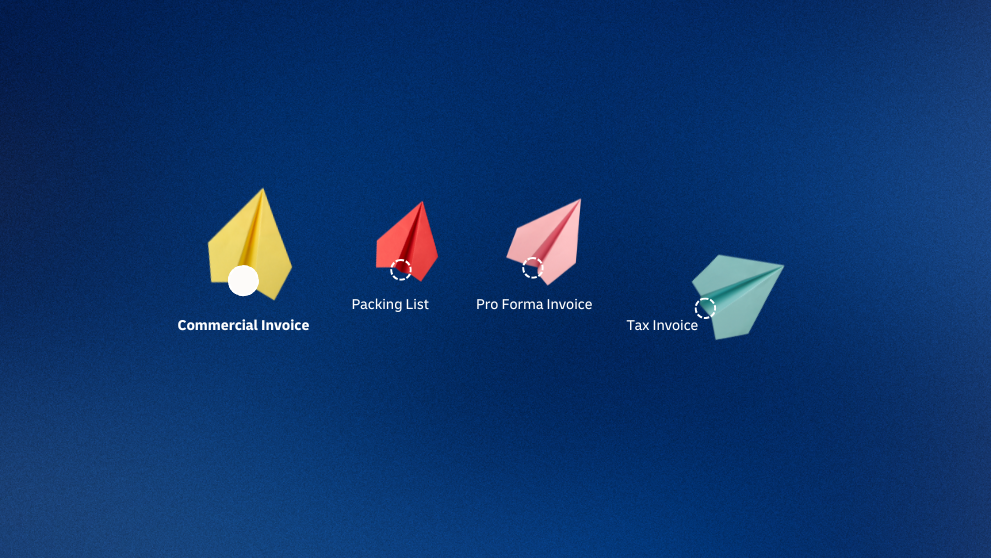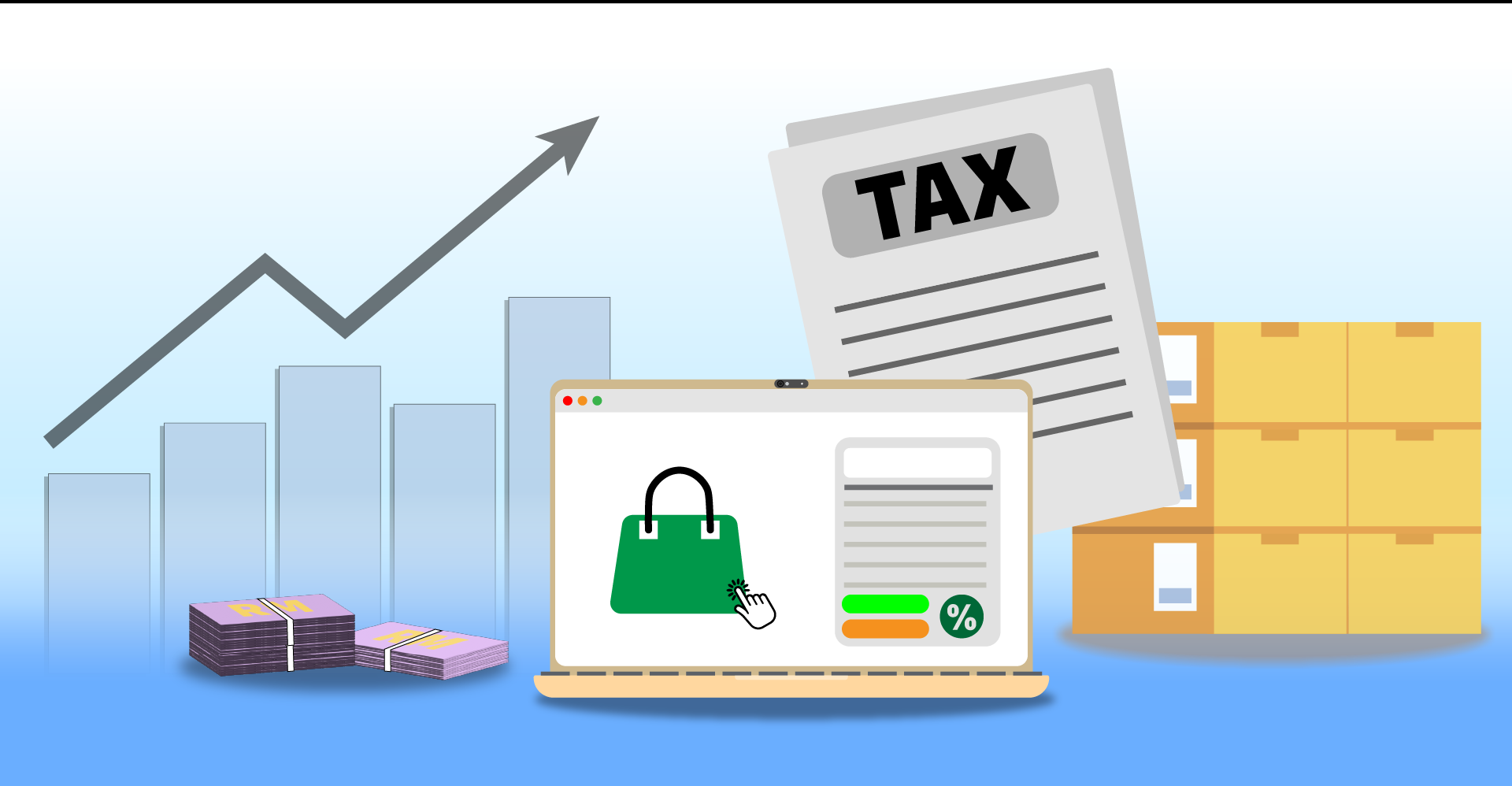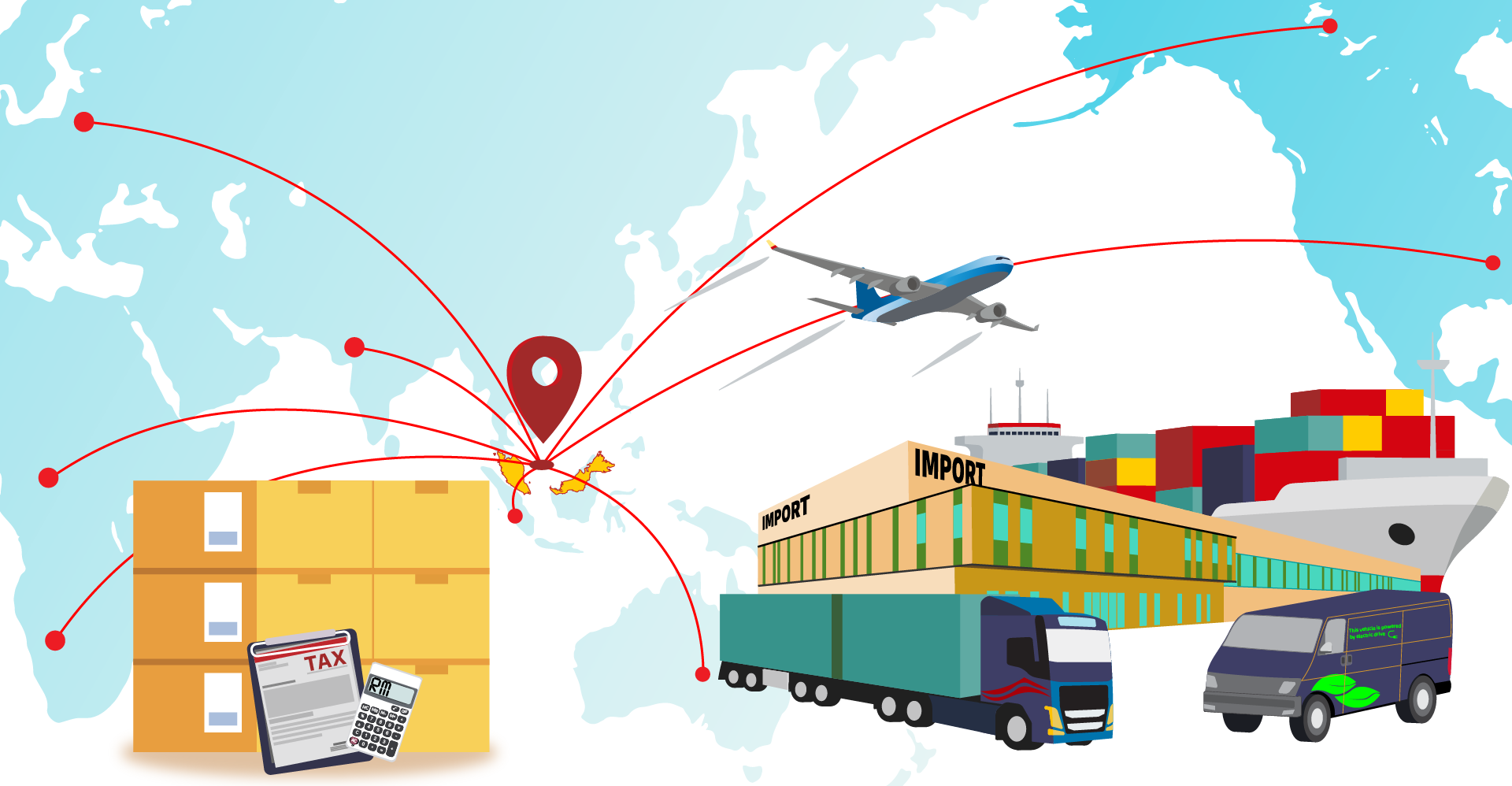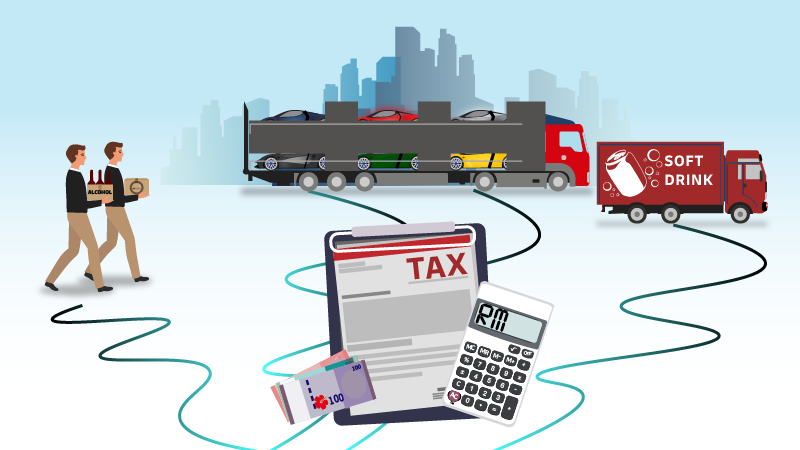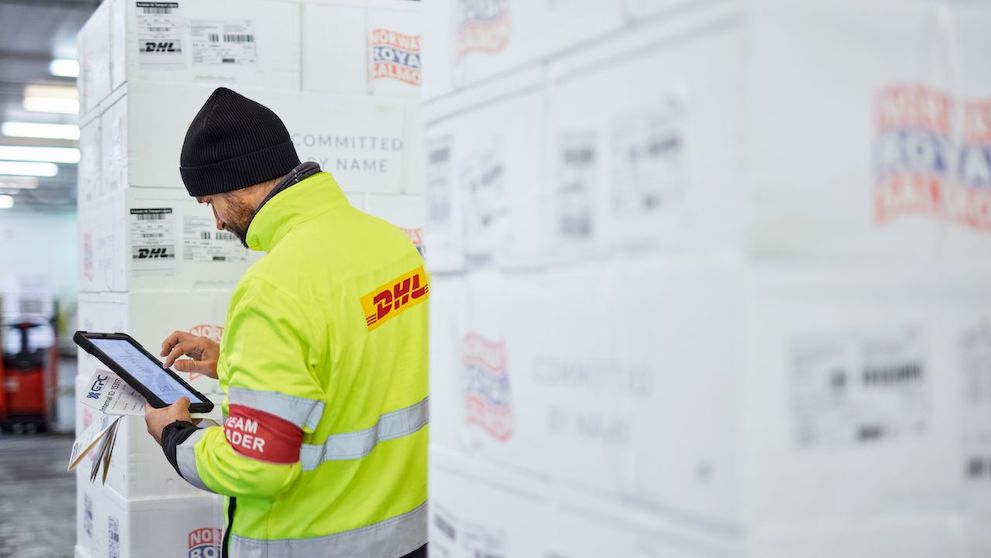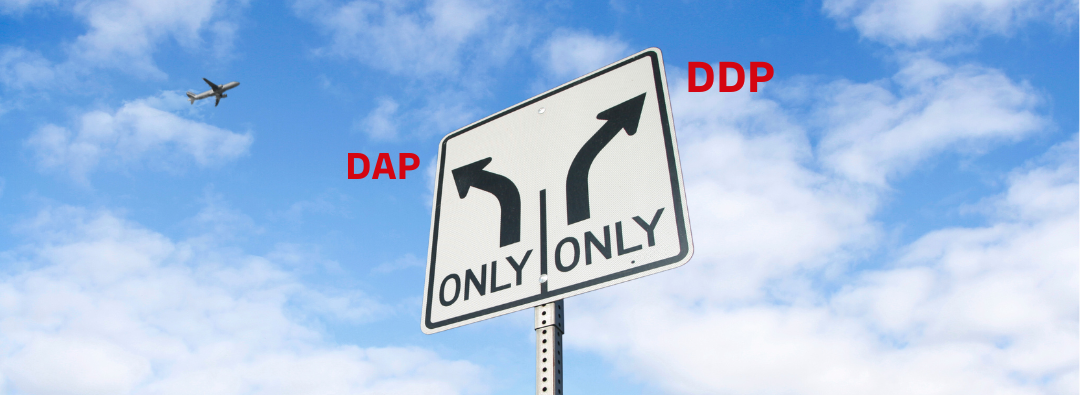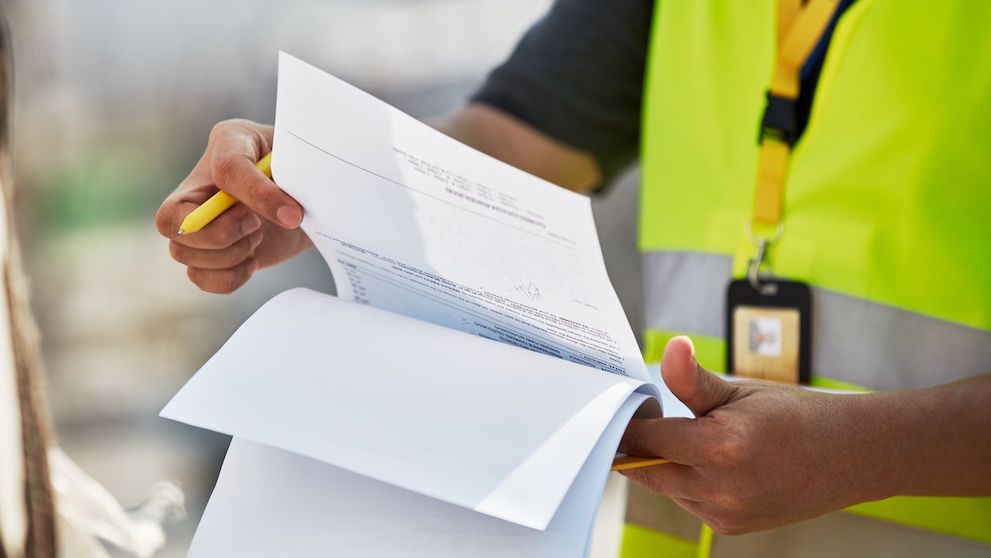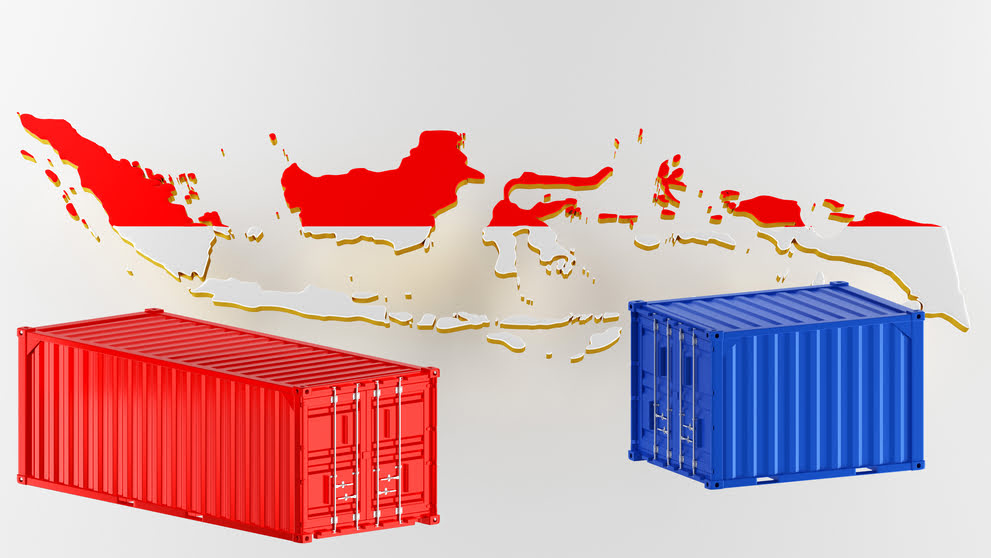In international shipping, documentation plays a crucial role in ensuring smooth transactions, legal compliance, and successful customs clearance. Among these documents, the Commercial Invoice is central, but it’s often misunderstood or mistaken for other paperwork like the packing List, proforma Invoice, tax Invoice, or shipping invoice.
This article will discuss how each document differs from the commercial invoice.
Commercial Invoice
A commercial invoice is the foundational document in any international shipment. It represents the official agreement between a seller and a buyer, summarizing the sale of goods across borders. More than just a bill, it also acts as a declaration of value and ownership, enabling customs authorities to assess duties, taxes, and ensure compliance with import regulations.
Because it includes key details like product descriptions, quantities, shipment value, and consignee information, the commercial invoice often resembles other documents used throughout the shipping process.
This overlap can lead to confusion, especially with documents such as the packing list, proforma invoice, tax invoice, or shipping invoice.
Packing List
Although the packing list and the commercial invoice may look similar at a glance, both contain product details, item quantities, and shipment references, the packing list serves a very different purpose.
Unlike the commercial invoice, it contains no pricing or payment information.Instead, it focuses purely on the physical aspects of the shipment, what’s being packed, how much, how it’s packed, and how it’s labeled.
Function of a Packing List
Packing list helps freight forwarders, warehouse teams, and customs officers identify and verify the contents of a shipment without needing to open it.
For example, during air freight handling, the packing list allows logistics staff to cross-check package weight and quantity and helps customs identify packages for inspection. It also supports the commercial invoice by validating that what’s physically shipped aligns with what was declared.
How to Prepare a Packing List
Preparing a packing list is a standard part of export documentation. It is usually generated by the shipper once the goods are ready to be packed. While formats may vary, a valid packing list should include:
- A reference to the commercial invoice (number and date)
- Shipper and consignee contact details
- Itemized descriptions of each product or package
- Quantity, net/gross weight, and package dimensions
- Total number of packages and total shipment weight
Once completed, the packing list should be printed, attached to the shipment, and shared digitally with all relevant logistics partners.
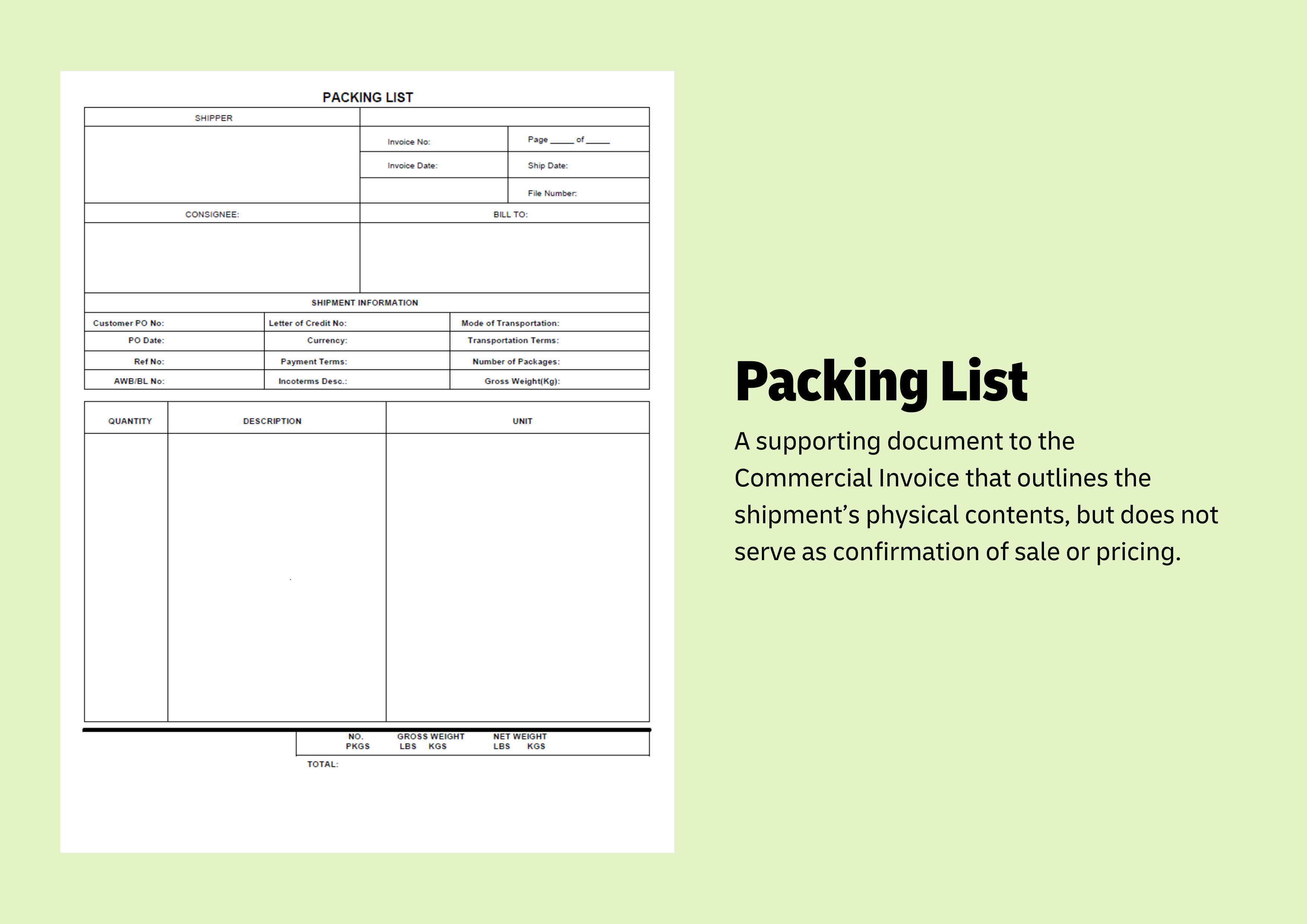
Pro Forma Invoice
The pro forma invoice is often confused with the commercial invoice because it includes many of the same data fields, such as product descriptions, estimated prices, and terms of sale.
However, the key distinction is that a pro forma invoice is issued before the sale is finalized.
It is a non-binding document, provided to give the buyer an early overview of expected costs and conditions.
Function of a Pro Forma Invoice
In international shipping, the pro forma invoice plays a preliminary role.
Buyers may request it to apply for import permits, obtain financing, or get internal approvals before placing a formal order. While typically customs authorities do not require it, freight forwarders may reference it when preparing initial shipment quotations or documents, especially for air freight in commercial trade, where the invoice helps align logistics planning before the shipment is confirmed.
How to Prepare a Pro Forma Invoice
A pro forma invoice follows the basic format of a commercial invoice but must be clearly labeled as “Pro Forma Invoice” to avoid confusion. It can be created in standard invoice software or manually using templates. It should include:
- Exporter and importer information
- Estimated product descriptions, quantities, and unit prices
- Total estimated value and currency
- Expected Incoterms and delivery terms
- Payment terms and document validity period
Once accepted, the pro forma invoice typically forms the basis for the final commercial invoice.
To understand the difference between commercial invoice and pro forma invoice on a deeper level, check out this article.
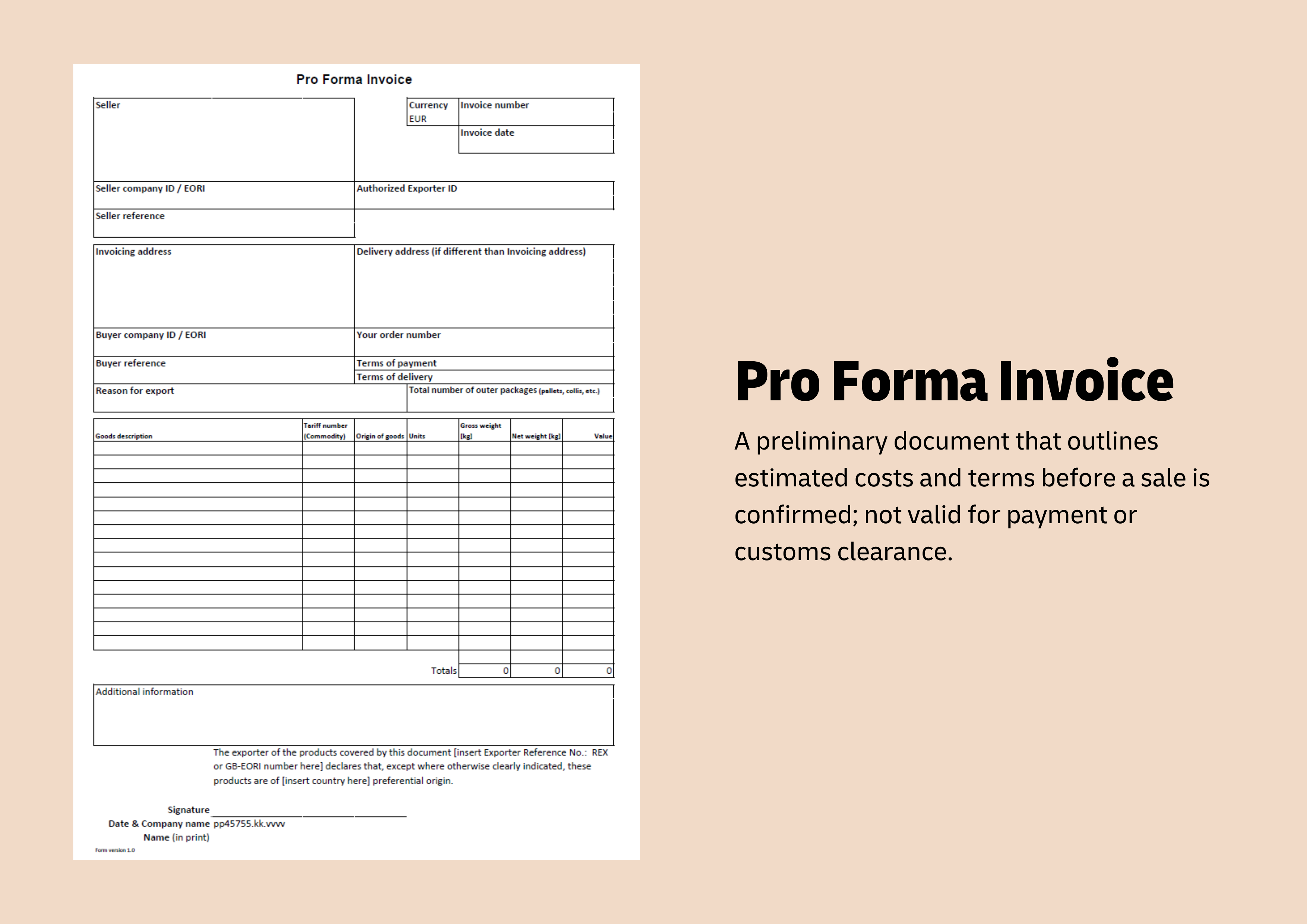
Tax Invoice
At first glance, a tax invoice may resemble a commercial invoice due to layout and shared fields like item descriptions and totals. However, a tax invoice is designed for domestic sales, not international trade, and its primary purpose is to document and report tax obligations such as VAT or GST.
Function of a Tax Invoice
Tax invoices are generally used in local or regional deliveries, particularly where goods are sold after being imported.
In the shipping process, this document is required for business accounting, tax filings, and input tax credit claims. While it is not used for customs clearance, it may accompany goods being delivered within a country post-clearance.
How to Prepare a Tax Invoice
A tax invoice must comply with local tax authority regulations. It is usually issued automatically through accounting software, ERP systems, or approved e-invoicing platforms. A compliant tax invoice should include:
- Seller and buyer tax ID numbers
- Invoice date and reference number
- Detailed description of goods or services
- Subtotal, applicable tax rate (e.g. 6% GST), and tax amount
- Grand total inclusive of tax
- The label “Tax Invoice” at the top
In countries with strict e-invoicing mandates, registration with government systems may be required to generate valid tax invoices.
In addition to the documents mentioned above, certain shipments may require additional paperwork for smooth processing, such as Malaysia Customs K forms, SIRIM approvals, an air waybill, or a certificate of origin. These requirements vary depending on the product category and destination.
If you're preparing for an international shipment, our guide to creating a shipping label will walk you through the process. For businesses, registering for a business account ensures you get logistics support tailored to your shipping needs.
